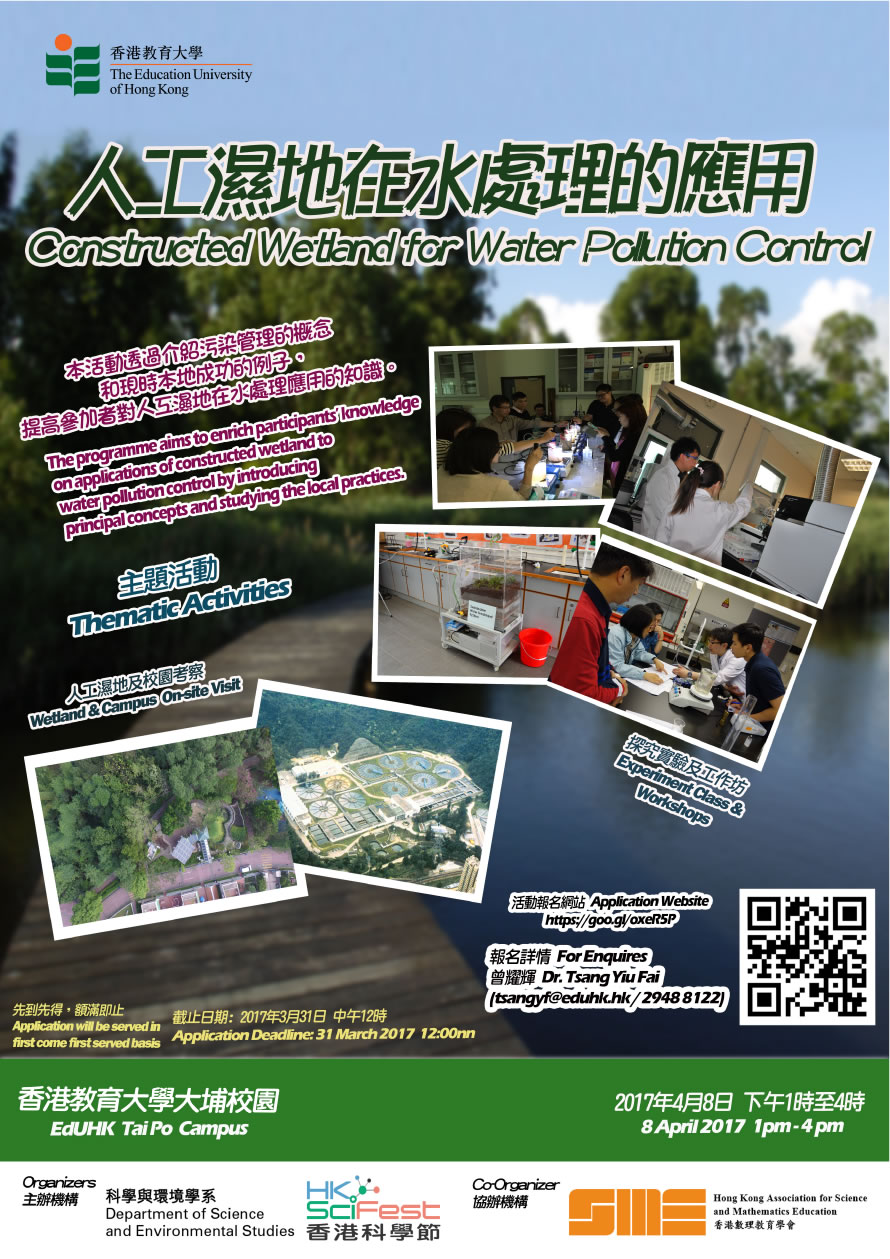

研究项目 > 研究项目
 |
Dr. FOK Lincoln - Fractionation and Factors Controlling Sediment Quality in the Kam Tin River, Hong Kong
Chief Investigator:
Dr. FOK Lincoln
Project Year:
2014-2016
Description:
Fluvial sediments influence the hydrologic, geomorphologic and ecologic functions of rivers through two aspects, namely, quality and quantity. However, sediment quality depends on the characteristics of the drainage basin and on the natural and human processes that occur in rivers. Although information on the quantity of sediments has attracted attention in recent years, emphasis has now been shifted to the physical and chemical properties of fine sediments because fine sediments are a chemically active fraction of the fluvial system and are therefore significant in the management of water resources, water quality and river ecology in the catchment. Many studies have revealed that a considerable spatial and temporal variation exists in riverine sediment quality. Some of these variations may reflect natural and human influences on drainage basins and rivers. Further research on controlling these variations in sediment quality, particularly in the rivers of Hong Kong, is needed because information on this subject is very limited. Moreover, sediment chemistry is usually reported in ‘black box’ total concentrations, which are not a particularly meaningful indicator of sediment quality. Metal fractionation can reveal the ‘labile’ and the relatively mobile phases of the metals that indicate the bioavailability of pollutants. In addition, data obtained from metal fractionation may be used to assess the contribution of different human and natural sources. To date, a gap in knowledge can be recognised, as very few studies have evaluated the metal fractionation of sediments in Chinese rivers. Given this research gap, the principal investigator PI will sample, fractionate and analyse suspended and bed sediments from the Kam Tin Basin in the NW New Territories, which is one of the most polluted rivers of Hong Kong. The data obtained will allow an evaluation of sediment quality, bioavailability of pollutants and factors that control the spatial variability of sediment quality in the basin. The proposed research will also contribute to the general body of research on sediment quality in rivers, as the comparison of suspended sediments and channel bed sediments at the international scale is of great interest and significance, especially in the context of their viability as sampling media to assess and monitor sediment quality. The phase association of metals in fluvial sediments is also a research opportunity of general interest.




